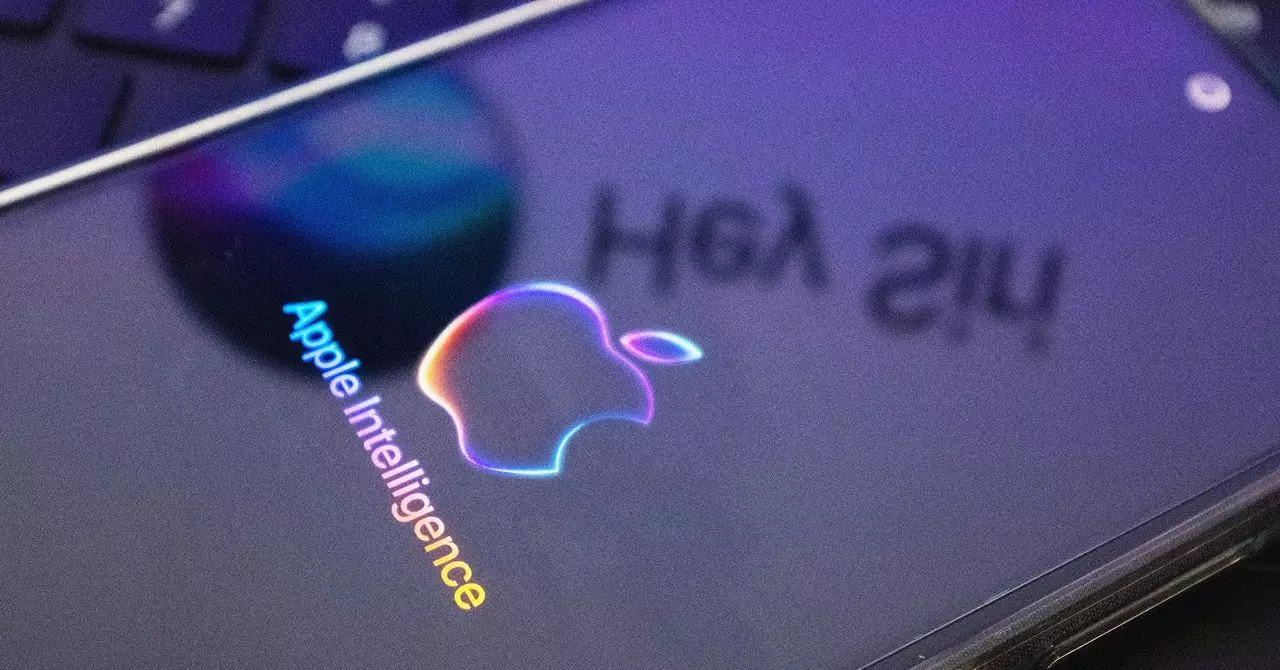Siri, Apple’s voice-activated digital assistant, has long been a subject of fascination and frustration. Introduced with much fanfare, it was envisioned as a cutting-edge AI tool that could seamlessly integrate into daily life. Yet, despite its ambitious beginnings and potential, Siri continues to lag behind competitors like Amazon’s Alexa and Google Assistant. The reasons behind this persistent inadequacy merit scrutiny, ranging from internal corporate philosophies to technical limitations.
The Vision and Early Missteps
Steve Jobs, Apple’s co-founder and then-CEO, was captivated by Siri’s potential. He saw in it a game-changing technology that could define the next generation of user interaction with devices. However, the early iterations of Siri were marred by a fundamental lack of sophistication. Former Apple executive Richard Williamson painted a vivid picture of Siri’s debut, revealing that what Apple acquired was more of a prototype than a fully-fledged assistant. The initial version, he noted, was riddled with issues, relying heavily on basic keyword matching rather than advanced natural language processing (NLP). This was far from the intuitive assistant that users expected and highlighted a monumental disconnect between aspiration and reality.
The enthusiasm that surrounded Siri was, in hindsight, accompanied by an undercurrent of skepticism. Tom Gruber, one of Siri’s co-founders, indicated that Jobs was deeply invested in the project, carefully steering its integration into Apple’s culture. Yet, the lack of robust performance capabilities led to a gradual erosion of user trust. Early adopters found themselves disappointed, as the assistant struggled with real-world tasks, limited in its understanding and response capabilities.
A Privacy-Conscious Approach to Machine Learning
One of the enduring contradictions within Apple’s philosophy is its commitment to user privacy. While this principle resonates well with consumers who are increasingly wary of data misuse, it may also stymie Siri’s development. Other assistants, such as Google’s and Amazon’s, thrive on vast quantities of user data to refine their algorithms, enabling them to deliver increasingly personalized experiences. Apple’s insistence on maintaining a higher level of privacy means forgoing some of the data-rich benefits that could enhance Siri’s effectiveness.
Gruber posited that if Apple were to radically shift its data privacy approach, they could unlock greater capabilities within Siri. However, this would contravene their long-held narrative as guardians of user privacy. The irony is striking: Siri, designed to be a practical helper, is inadvertently tethered by the very principles that made Apple a household name. The trade-offs presented—a better-functioning assistant versus user trust—are complex and demonstrate how ideals can sometimes restrain innovation.
Technical Limitations: The Parameter Game
Another significant hurdle in Siri’s evolution is its fundamental architecture. Presently, Siri exists as a dual-system model, with a smaller language model functioning directly on iPhones and more complex queries relayed to OpenAI’s systems. This creates a cumbersome bottleneck. Apple’s in-house model reportedly comprises around 3 billion parameters, dwarfed by OpenAI’s GPT-4, which operates with a staggering 1.8 trillion parameters. This disparity in scale raises doubts about Siri’s ability to compete in a rapidly advancing AI landscape.
Moreover, the challenge lies not just in the number of parameters but also in how they are utilized. While some newer models, like DeepSeek, are being touted as lean but efficient alternatives, they still maintain a considerable parameter count that dwarfs Siri’s capabilities. The intricate balance between understanding user intent, contextualizing queries, and delivering accurate responses is a delicate art form that Siri continues to struggle with, resulting in a user experience that is often more frustrating than helpful.
The Competitive Landscape and Future Directions
In a marketplace where AI advancements are surging, Apple’s reluctance to adopt a more aggressive data-centric approach raises questions about its future with Siri. Competitors are consistently innovating and iterating, while Siri remains stuck in a cycle of limitations. The recent unveiling of plans to further integrate AI capabilities suggests Apple is aware of the need to adapt but faces mounting pressure to reconcile its privacy principles with technological progress.
As users increasingly seek out competent solutions to everyday problems, the expectation for personal digital assistants has heightened. Until Siri can bridge the significant gap between aspiration and functional reality, Apple risks losing relevancy in the space it once sought to define. The ongoing challenge will be how Apple can innovatively navigate the delicate interplay between privacy and performance to reclaim its position as a leader in user-centric technology.

